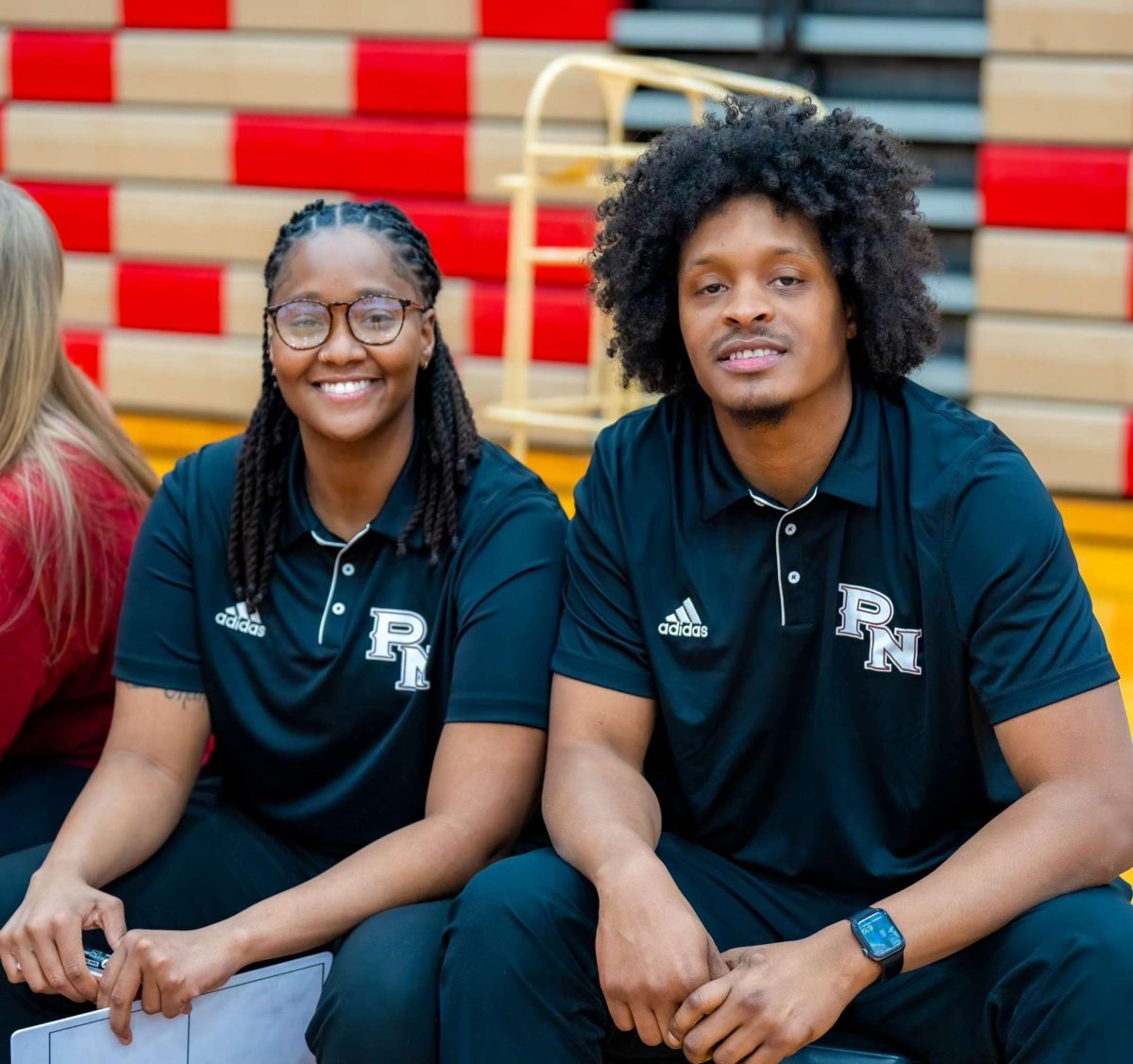Society resorts to blue-light glasses
May 12, 2023
Junior student Pahal Mehra spends five hours straight on her computer during a typical school day. Spending any more time staring at the screen will only add to her daily gruesome headache. Mehra is not the only one going through this experience, though.
Every hour of every day, people are inundated by technology. This can negatively affect the body, especially the eyes.
After Covid-19 locked everyone in their homes, it left them to resort to using technology as their only form of entertainment.
“I was staring at the screen a lot during the day,” junior Aalijah Colon said. “It gave me a lot of headaches and my eyes were always hurting,”
Computers, tablets and smartphones are used for work, school, social media and communication. Even students have their own computers and Google Classroom as their new way of learning.
“[School] has never gone completely away from technology even at almost three years since the start of the pandemic,” Managing Optometrist BJ Wheatley-Lezondra said. “With more technology, there’s more exposure to blue light.”
According to author Rachel Nall and published by Healthline, “Blue light is a wavelength that’s naturally present in light. Compared to other light types, blue light has a short wavelength. This is important because doctors associate short wavelength light with greater risk for eye damage.”
Exposure to too much blue light can cause negative effects to the human body. Research has shown that it induces headaches, increased eye strain and visual fatigue.
“It causes a disruption to your circadian rhythm causing a lack of sleep,” Lezondra said. “More recent research has found that […] HEV light, which includes the blue light we are talking about, is contributing to Cataracts and Age-Related Macular Degeneration.”
These are all negative consequences to blue light exposure. Cataracts are the clouding of the eye’s natural lens, and ARMD happens as people age and the central vision of the back of the eye degenerates.
Scientists and doctors have found a new way to protect vision from the negative effects of technology through the use of blue light blocking glasses.
“Eyeglass manufacturers have developed eyeglass lenses with special coatings or tints designed to reflect or block blue light from reaching your eyes,” according to Nall.
Blue light glasses were first introduced to the world in the 1960s.
“These glasses are tinted with a special filter called FL-41 that was specifically designed to minimize light sensitivity,” according to MigraineAgain’s founding author, Paula Dumas.
This may sound similar to sunglasses, but the filter used for sunglasses help prevent harm from glare and damage to the retina.The blue light glasses help reduce all the problems caused by blue light exposure: eye strain, eye damage and reduced sleep.
“I have found wearing the glasses helps with eye strain at work, when I have been staring at the computer for a long time, for example when grading lab reports,”
chemistry teacher Nancy McBride said.
On the other hand, many people who wear blue light glasses disagree.
According to a survey of 133 North students, 51.88 percent of the students genuinely believe the specialty lenses are effective.
“High schoolers and middle schoolers are now on their computers around seven hours a day and a few more when they complete homework,” Mehra said. “Students can start getting headaches and their eyesight can get worse really fast.”
Because students are surrounded and affected by blue light so much, they can now resort to helpful measures, like blue-light blocking glasses.
“I, personally, recommend blue light glasses to all my patients from young to old,” Lezondra said. “My opinion is that everyone can benefit from less exposure to technology’s blue light.”






